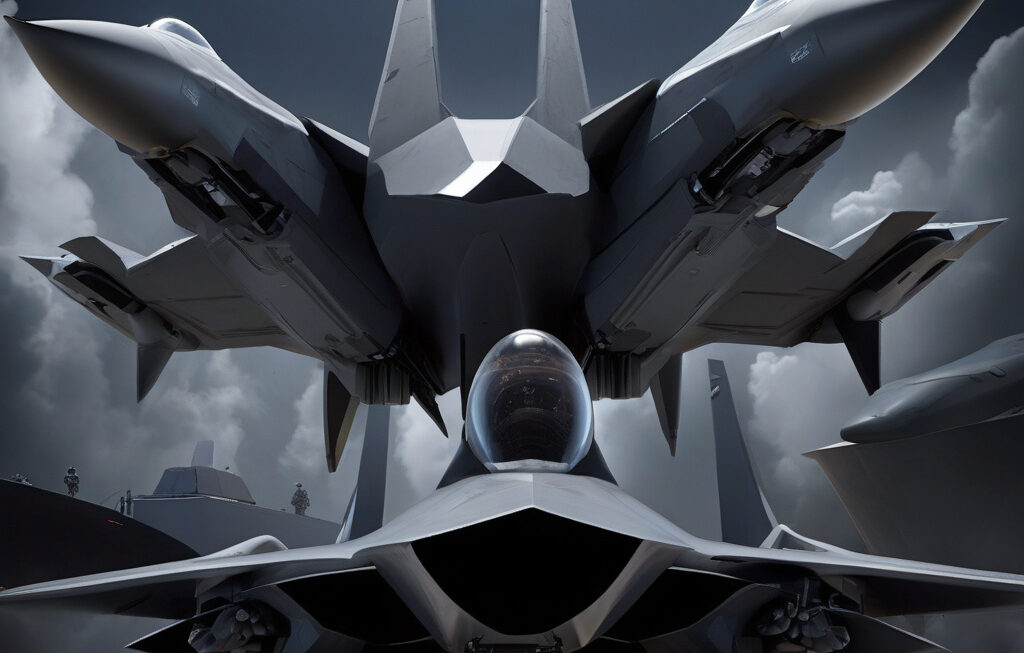Revolutionizing Defense: General Atomics Revives 32-Megajoule Railgun Technology
Defense contractor General Atomics is reviving its electromagnetic railgun technology as part of a renewed effort to bolster the United States’ defense capabilities. The latest development in this arena is the proposed 32-megajoule railgun, a cutting-edge weapon that could potentially intercept and destroy missiles at speeds six times faster than the speed of sound.
The concept of a railgun is not new, but recent advancements in technology have made it a more viable and attractive option for modern warfare. Instead of using explosives or propellants to launch projectiles, railguns utilize electromagnetic forces to achieve incredibly high velocities. This results in projectiles that can travel at hypersonic speeds, making them ideal for intercepting fast-moving targets like missiles.
One of the key advantages of a railgun is its ability to deliver precise and powerful kinetic energy to a target over long distances. Traditional missile defense systems rely on intercepting missiles with other missiles, which can be expensive and have a lower success rate. In contrast, a railgun’s projectile is essentially a solid piece of metal, eliminating the need for explosives and increasing the likelihood of a successful intercept.
The 32-megajoule railgun being developed by General Atomics represents a significant leap forward in terms of power and capability. By harnessing 32 million joules of energy, this railgun has the potential to take out incoming missiles with unprecedented speed and accuracy. To put this into perspective, a 32-megajoule railgun projectile could reach speeds of over 4,500 miles per hour, fast enough to traverse the length of a football field in less than a second.
In addition to its impressive speed and power, the 32-megajoule railgun also offers cost benefits compared to traditional missile defense systems. With fewer moving parts and no need for expensive explosives, railguns can be more cost-effective to manufacture and operate in the long run. This could make them an attractive option for the military, especially as threats from hostile nations continue to evolve and diversify.
Despite the promising prospects of the 32-megajoule railgun, there are still challenges that need to be overcome before it becomes a standard feature in the US military’s arsenal. One of the main hurdles is the development of suitable power systems to supply the massive amounts of energy required to fire the railgun. Additionally, issues related to heat management and barrel erosion need to be addressed to ensure the railgun’s reliability and longevity.
Overall, the revival of General Atomics’ 32-megajoule railgun technology signals a new era in missile defense and long-range precision targeting. With its unparalleled speed, power, and cost-effectiveness, the railgun has the potential to reshape the way the US military approaches defense in the 21st century. As technology continues to advance, we can expect to see further innovations in this field that push the boundaries of what is possible in modern warfare.
In conclusion, the development of the 32-megajoule railgun represents a significant milestone in defense technology, showcasing the power of electromagnetic propulsion in intercepting high-speed threats. As General Atomics continues to refine and enhance this technology, we may soon witness a new standard in missile defense that is faster, more accurate, and more cost-effective than ever before.
railgun, defense technology, General Atomics, missile defense, electromagnetic propulsion












